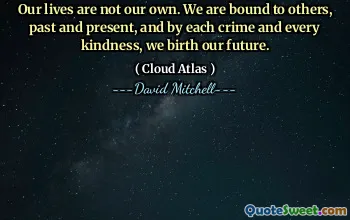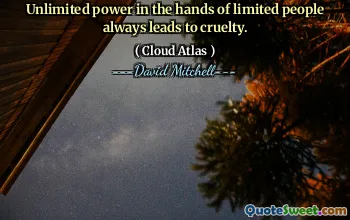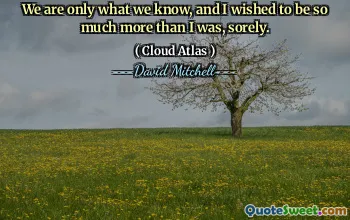
She was not sure that her deafness had strengthened her character. She was not even sure she had met a challenge. A silent world was as natural to her as a noisy one must be to them, she reflected. But people tended to assume that deaf persons could function as people only if they learned to conform to a world of sound. What about the challenge of silence? Very few people of hearing ever accepted it or even knew that there was a challenge there. People of hearing feared silence...
Silent Melody by Mary Balogh invites us into the nuanced inner world of someone navigating deafness. It highlights an often overlooked aspect of sensory experience—the challenge of silence itself. The protagonist’s reflection reveals a profound understanding that deafness doesn’t merely mean the absence of sound but involves a whole universe of experience that is misunderstood or underestimated by those who hear. The notion that silence might be a natural, even complete, environment for deaf individuals shifts perspectives, urging us to rethink what challenges truly are. Often, society equates strength and resilience with overcoming noise or external obstacles, but this quote raises an essential question: what about the internal challenges—accepting and embracing silence as an environment of perception, thought, and independence?
The fear and misunderstanding surrounding silence mirror broader societal tendencies to fear what isn’t understood or visible. Hearing people are complicit in projecting their anxieties onto deafness, expecting deaf individuals to conform to auditory norms rather than accommodating or recognizing alternate experiences. The challenge of silence, therefore, is not just about adapting to the absence of sound but about confronting internalized societal biases and epistemologies that view silence as a deficiency rather than a different way of being.
This reflection also touches on a universal human experience—resistance or fear of solitude and silence in our noisy, fast-paced world. It suggests that true understanding comes from empathy, recognizing the legitimacy of different perceptions, and appreciating that strength can lie in acceptance rather than conformity. Ultimately, the quote encourages us to honor the silent worlds around us and within us, and to question the notion that silence is something to be feared or overcome. Instead, it can be a place of profound clarity, reflection, and resilience.








